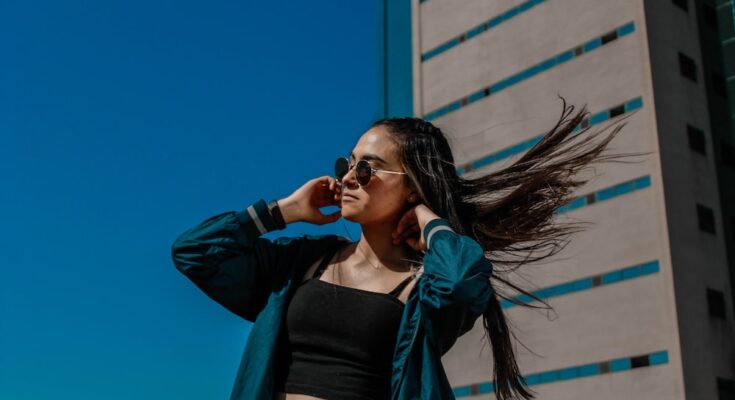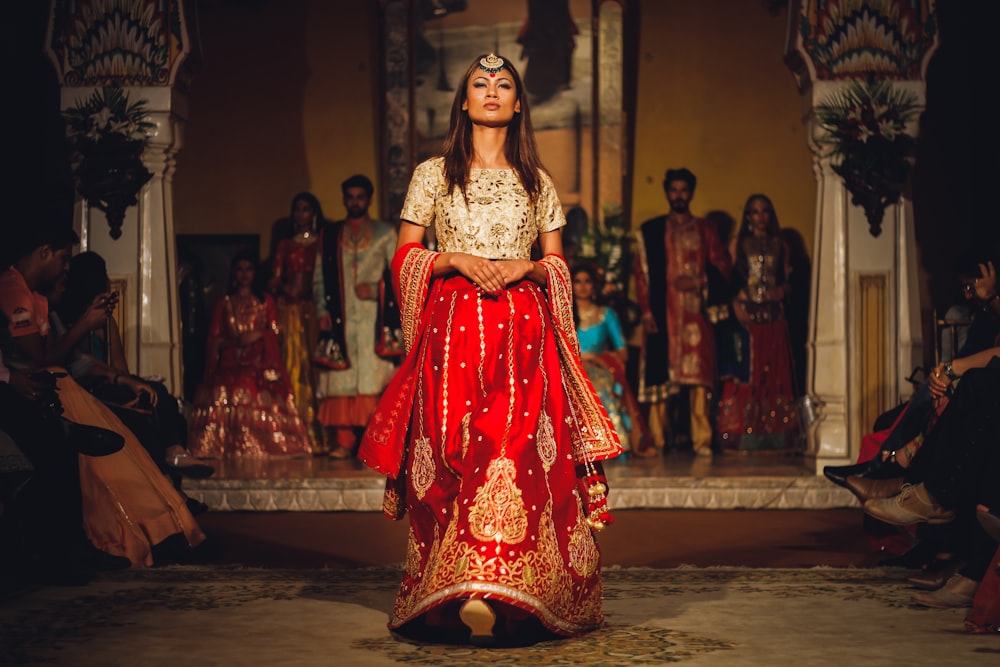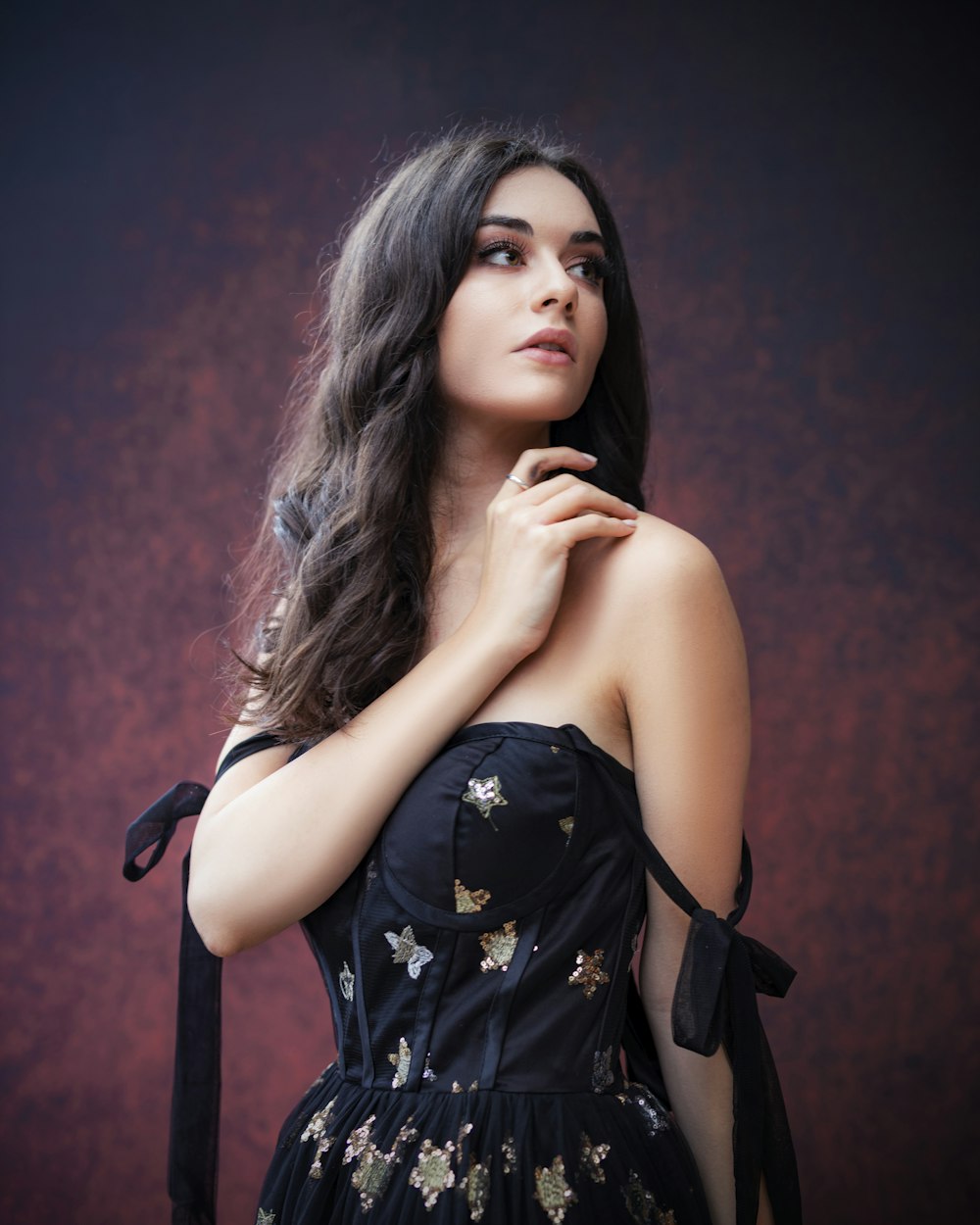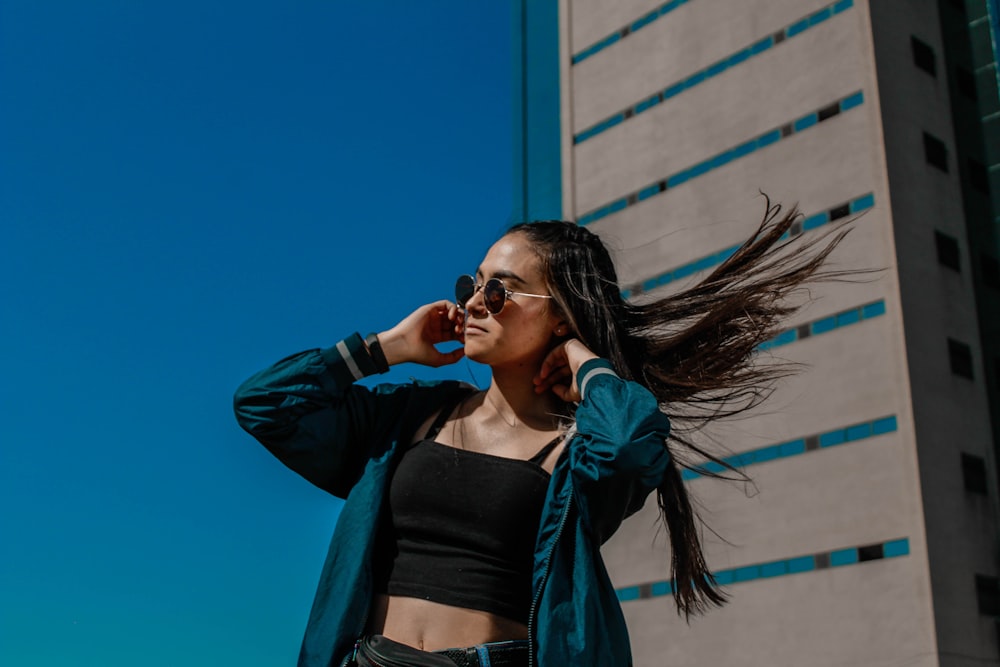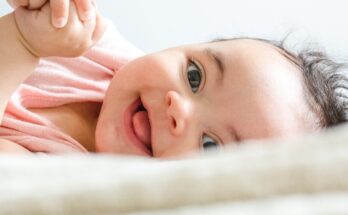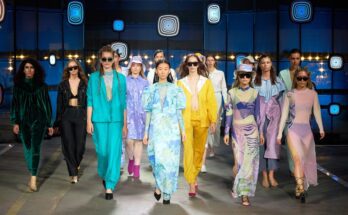Get Creative with Your Portrait Session: Beginner’s Guide
No two photographers will approach the same subject in the same way, even if that is what they set out to do. Though they both are creative. There are variances in the lighting, pose, location used, and even the editing. That has a lot to do with each photographer’s individual style, which they build by experimenting with various methods to get creative results.
As photographers, we have greater creative freedom the more aware we are of our alternatives. Check out the inventive portrait photography suggestions below whenever you want some inspiration for your picture shoots or just want to try something new. Then go out and put them to use.
Tight crops
IMAGE CREDITS: Unsplash.com
The term “tight crop” in photography describes a composition in which the subject occupies a significant amount of the frame. This method is frequently used to establish intimacy or to draw attention to a certain aspect. A tight crop can be a useful tool for enhancing an image’s impact when applied wisely. However, it’s critical to be mindful of the dangers. Cutting off crucial aspects that set the scene can sometimes result in a cluttered or busy composition when you crop too closely.
Color gels
To add a splash of color to your photos or even alter the color of the sky, you may attach colored lighting gels to your flash in a quick and enjoyable manner. Color gels can help you create the desired effect, whether you’re trying to add a subtle hue or make a dramatic statement. Gels come in a variety of colors, so you may try out several combinations to discover the one that works best for your image.
Theme photography
IMAGE CREDITS: Unsplash.com
You’ve probably heard photographers discuss the use of photography to tell tales. It is one of the most effective tools I am aware of for that use. As photographers, we have the chance to investigate ideas and subjects that aid in narrating the narratives of our customers. A creative portrait session might also be guided by a subject (like a holiday theme).
It’s crucial to take the time to organize the session in advance if you want to explore themes for your creative portrait photography sessions. Some themes may come from the experiences or interests of your clientele. For instance, clients can act out their first date during an engagement session. If your client is a high school athlete, consider including some sports-themed photographs in your session.
Creative reflections photoshoot
Reflections can offer a unique aspect to your creative portrait photography. You can emphasize compositional features like symmetry and proportion, add depth and dimension, and even convey an emotion or mood by placing a reflection in your frame.
Large bodies of water or mirrors make excellent reflective objects, but they are not required. When making reflection photographs, we can also use windows, counters, prisms, or even our smartphones.
Use gobos in creative portrait session
IMAGE CREDITS: Unsplash.com
A gobo is a photography accessory that is used to create a specific shape or shadow by positioning it between the subject and the light source. Metal, glass, and paper are just a few of the materials that may be used to create gobo.
They frequently do this by casting intriguing shadows, which give a picture more drama. Gobos, however, can also be utilized to merely block off undesired light or produce an even light gradient. It’s up to you how you employ a gobo in artistic portrait photography.
Double exposure
If you’re not aware with double exposure, it’s a unique method for photographing portraits that entails capturing two distinct pictures and combining them. The outcome is frequently a bizarre and dreamlike sight, which can have a remarkable effect. The simplest straightforward approach to create a double exposure is to simply shoot two photos on the same roll of film (or in-camera, a capability available on many digital cameras). If not, you can make a double exposure composite in post-production.
The composition of both photos is crucial to producing excellent double exposure photographs. For instance, depending on the approach, you might want to take a base shot with a lighter or darker background in relation to the subject, which you would then take a “layer” photo of.
Composite in creative photography
The term “composite” in photography describes an image that is composed of two or more separate photographs, but it functions differently from a conventional “double exposure.” Composites typically look more professional and don’t appear to have been created by mixing multiple photos. Photographers can employ composite techniques to produce a finished product that may be much more potent and emotive than they could with a single image.
A photographer might, for instance, take several images of newlyweds in various stances and then mix them to create a composite picture that would be impossible to get on camera otherwise. Or perhaps you want to take a picture of your subject while setting up a completely different background than the one they are in. Composites can be truly beautiful works of art in the hands of an experienced photographer.
Light painting
IMAGE CREDITS: Unsplash.com
Light painting is one of the inventive portrait photography concepts I’d recommend you try. Long exposures and a steady light source are both used in this lighting method. Depending on the particular type of light painting you produce. You might or might not need to use a flash unit (or a tripod). But the one thing you almost always require is a gloomy setting. You will be able to more readily capture movement from the camera, the subject, or the light source in dim or gloomy illumination.
Bokeh in creative photography
Who doesn’t enjoy a generous helping of smooth, creamy bokeh, at least when it’s expertly captured? We refer to the blur in out-of-focus regions of an image as “bokeh”. Because it has an appealing aesthetic quality. It can be used in a variety of ways, such as to give our portraits a dreamlike appearance. To make our people stand out from the background, and in many other situations.
USEFUL LINKS:
Get some more tips and ideas on creative portrait photograph
Click here to know which life events require professional photographers

